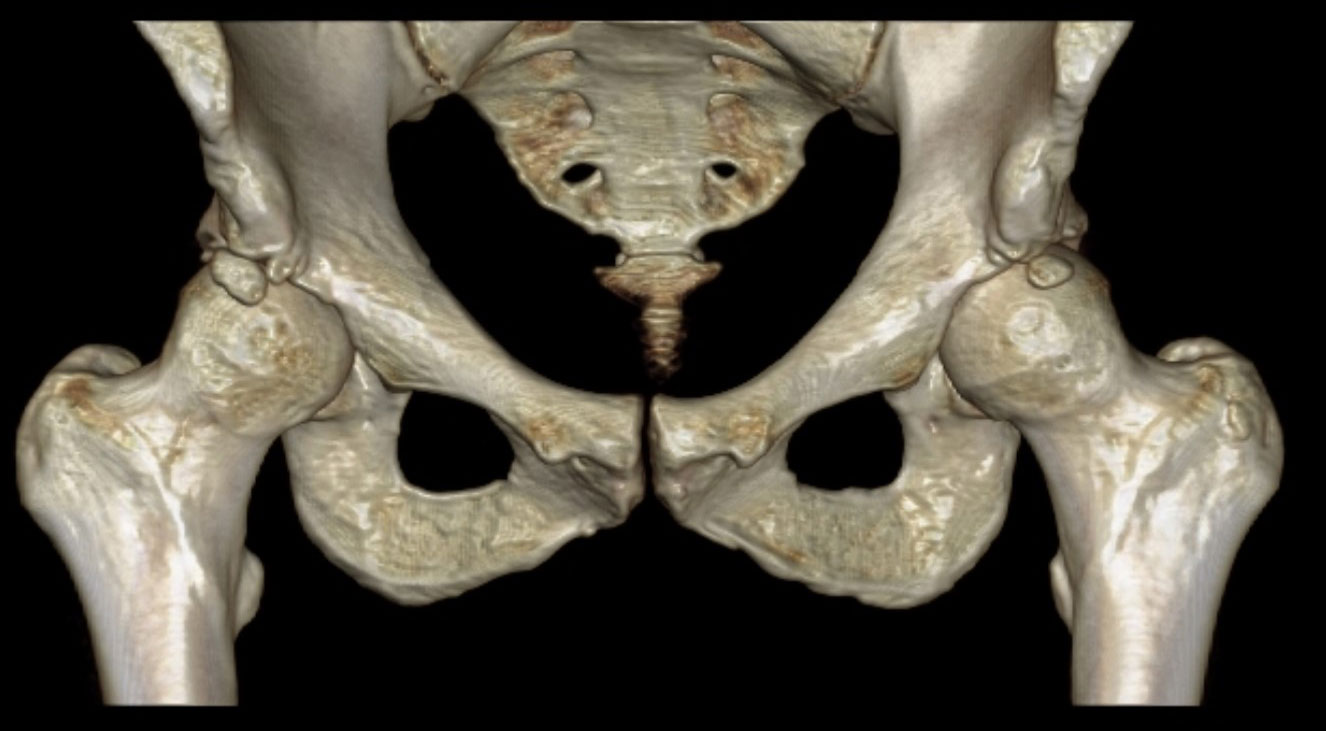Hip Injuries in Younger Athletes
August 28, 2019
UH reports on literature review of cam impingement by sport and gender
Innovations in Orthopaedics | Fall 2019
 Michael J. Salata, MD
Michael J. Salata, MD
The University Hospitals Orthopaedic Sports Medicine team sees a number of patients with cam impingement (aka hip impingement or femoroacetabular impingement), labral tears, acetabular dysplasia and other hip conditions. Over the years, physicians noticed more men than women seemed to present with hip injuries, and many of them played soccer, hockey or football.
Was this coincidence, or was there a reason behind these trends?
Michael J. Salata, MD, Director of the University Hospitals Sports Medicine Institute, and a team of physician-researchers decided to find out. "With our affiliation with local high schools, colleges and the Cleveland Browns, we wanted to take a deeper dive to determine the rate of impingement by sport," Dr. Salata says.
Conducting an extensive literature review, which they published in March 2019 in the Orthopaedic Journal of Sports Medicine, researchers found soccer, hockey and football athletes have the highest incidence of cam deformity. The study also looked at ballet/dance, track and field, martial arts, basketball, golf, skiing and volleyball.
"What we found was the same as what we experienced in our offices — both male and female soccer players have the highest incidence of cam deformity," says Dr. Salata.
The study represents the "largest review examining the number of radiographic cam deformities in the literature based on sport," the report states. It's also one of the few to analyze both male and female athletes.
"We see numerous female athletes," says Dr. Salata. "We want to learn as much as we can so we can talk to them about their injuries, as a lot of them experience similar symptoms as male athletes."
REVIEWING THE DATA
Researchers conducted a systematic review of studies in literature between January 1990 and March 2018 that reported on athletes with radiographic cam deformity based on sport. Researchers followed PRISMA (Preferred Reporting Items for Systematic Reviews and Meta-Analyses) guidelines, and used PubMed, BIOSIS Previews, SPORTDiscus, PEDro, and Embase databases.
Inclusion criteria included studies documenting radiographic cam deformity based on alpha angle measurements categorized according to the athlete’s primary sport and according to sex. Exclusion criteria included studies not documenting primary sport; studies not reporting total athletes with cam deformity; and studies not separating results based on sex or using alpha angle measurements.
DETERMINING RESULTS
After applying the criteria, researchers found and analyzed 28 studies consisting of 1,160 males and 53 females. Not only did they find an association by sport, but researchers also found male athletes had a higher mean alpha angle — in other words, a more serious impingement — compared with females.
This could be because females generally have greater flexibility than males, says Dr. Salata, but more research would be needed to confirm the reasons behind the difference in mean alpha angle.
Why do soccer, hockey and football place more stress on the hip than other sports do? The sudden starts and stops, pivots and bursts of activity play a role. "The way the hips are loaded during sprint starts may contribute to these lesions or make these athletes more symptomatic," says Dr. Salata. "It's an area for further investigation."
ROAD TO RECOVERY WITH HIP INJURIES
The next step in the UH Sports Medicine Institute's research is to study how these athletes train and determine whether modifications can lessen the prevalence of hip injuries. "With the increase in single-event sport at a young age, we would want to know whether building in cross training or rest periods would lower the injury rate," says Dr. Salata.
For young athletes who do develop a cam or pincer impingement, proactive treatment will help mitigate chronic conditions. "We know based on other studies [that] cam morphology leads to a higher risk of hip arthritis," says Dr. Salata.
 Caption: Image depicts Cam impingement with resultant acetabular rim fractures.
Caption: Image depicts Cam impingement with resultant acetabular rim fractures.Surgery may prevent this degeneration. A recent study found patients with femoroacetabular impingement (FAI), a type of cam deformity, experience better outcomes with arthroscopic hip surgery than with physical therapy and activity modification. "The impingement never really goes away," says Dr. Salata. "Unless you alleviate the impingement, you'll continue damage to the hip, labrum, cartilage and socket."
UH Sports Medicine physicians have extensive experience treating cam deformities. Depending on the patient's needs, doctors will recommend surgery, physical therapy or nonoperative interventions.
"We want to get these kids back to a high quality of life and back to their activities," says Dr. Salata. "With proactive treatment, they can get back to their previous level of fitness or even better."
To refer a patient to an orthopaedic sports medicine specialist, call 216-553-1783.


